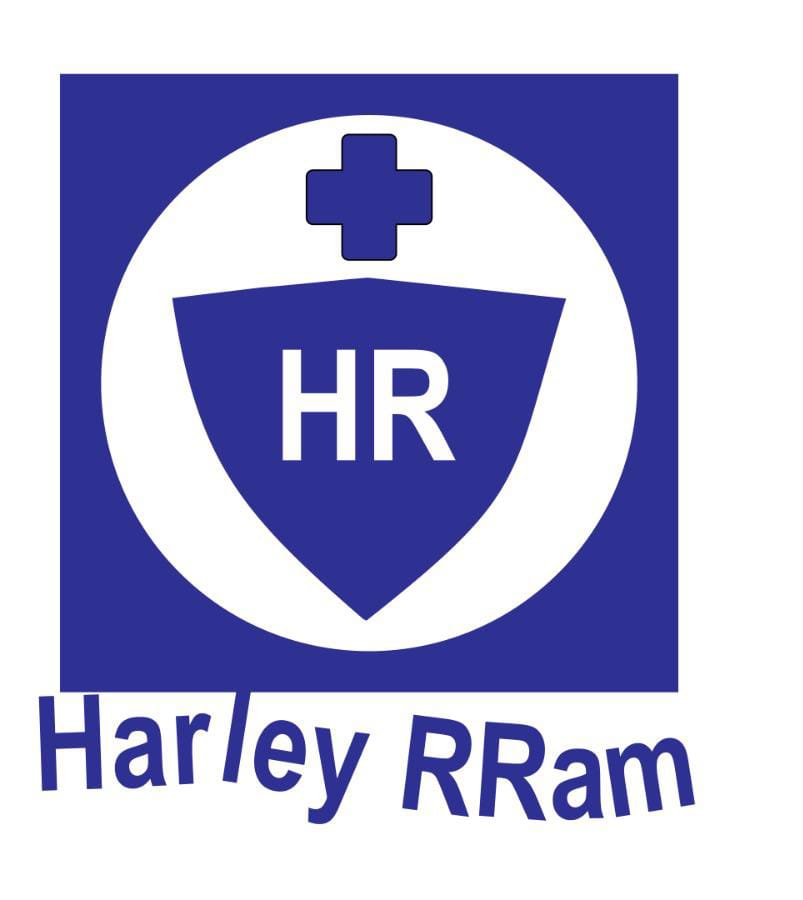What is Child Delivery?
Child delivery is the process through which a baby is born, marking the transition from pregnancy to parenthood. It usually happens between the 37th and 42nd week of pregnancy, though some babies may be born earlier or later. This process can occur naturally or with medical assistance.
Why is Medical Assistance Important During Delivery?
Medical assistance ensures the safety of both the mother and baby during delivery. It helps manage complications such as prolonged labor, breech positions, or fetal distress. Healthcare professionals monitor the mother’s progress and intervene when necessary to ensure a safe delivery.
How Does Child Delivery Work?
The delivery process usually follows these stages:
Early Labor: The mother begins to feel contractions, and the cervix starts to dilate.
Active Labor: The cervix dilates further, and contractions become more intense as the baby moves into position.
Delivery of the Baby: The baby is pushed through the birth canal during this stage, often with the help of contractions.
Delivery of the Placenta: After the baby is born, the placenta detaches from the uterus and is delivered.
Types of Child Delivery
-
Vaginal Delivery: The baby is born naturally through the birth canal. This method is often preferred for its shorter recovery time.
-
Cesarean Section (C-Section): A surgical method used when vaginal delivery poses risks to the mother or baby.
-
Water Birth: A method where the mother gives birth in a tub of warm water, believed to provide a more relaxing and natural experience.
-
Assisted Delivery: Instruments like forceps or a vacuum extractor may be used to aid in vaginal delivery.
-
Induced Labor: Sometimes labor needs to be induced using medications if it doesn’t start naturally.
Child Delivery Treatments
-
Pain Management: Options like epidurals, spinal blocks, or IV medications help manage pain during labor.
-
Pre and Post-Natal Care: Includes regular check-ups, nutritional advice, and postpartum care for both mother and baby.
-
Emergency Care: In case of complications, emergency treatments like C-sections or neonatal care are provided to ensure safe outcomes.
-
Post-Delivery Care: After childbirth, hospitals offer services to help mothers recover and provide neonatal care for the baby, ensuring both are healthy and safe.
What to Expect After Delivery?
After delivery, the baby undergoes a series of health checks, including the Apgar score to assess their condition.
The Apgar score is a five-part assessment of a newborn’s health that measures their color, heart rate, reflexes, muscle tone, and breathing:
-
Color: The baby’s skin color
-
Heart rate: The baby’s pulse
-
Reflexes: The baby’s grimace response
-
Muscle tone: The baby’s activity
-
Breathing: The baby’s breathing rate and effort
The mother may experience physical recovery, including healing from possible tears or a C-section. Emotional support is also crucial, as new mothers may face postpartum challenges.

